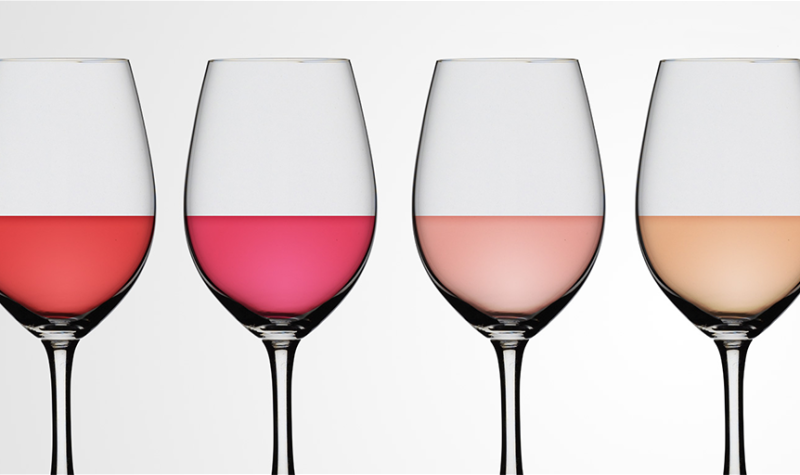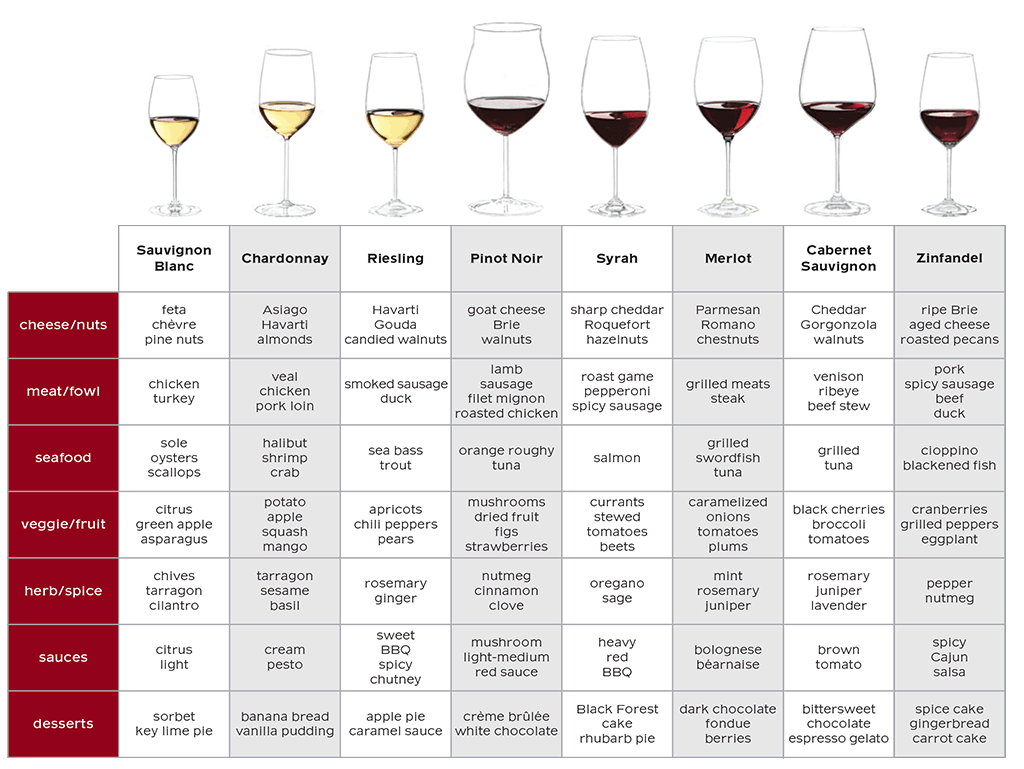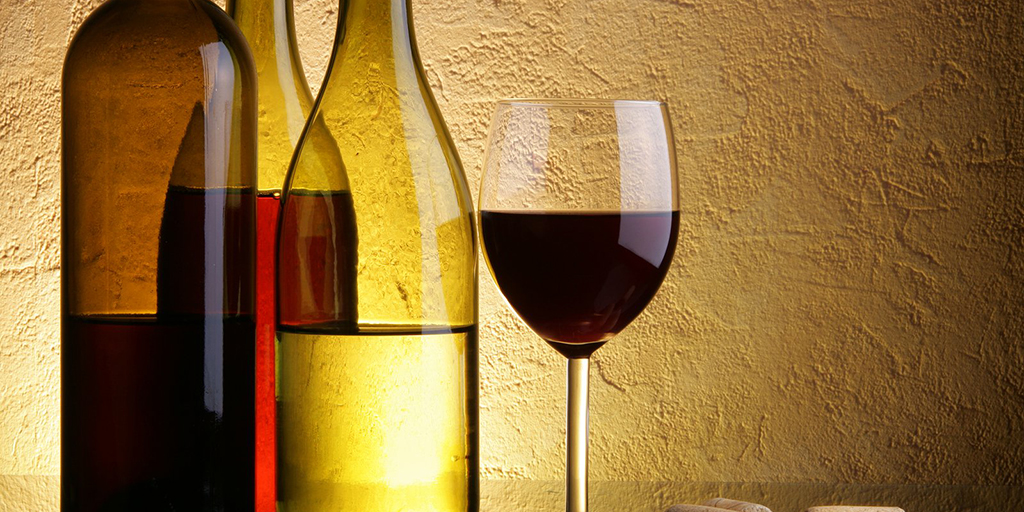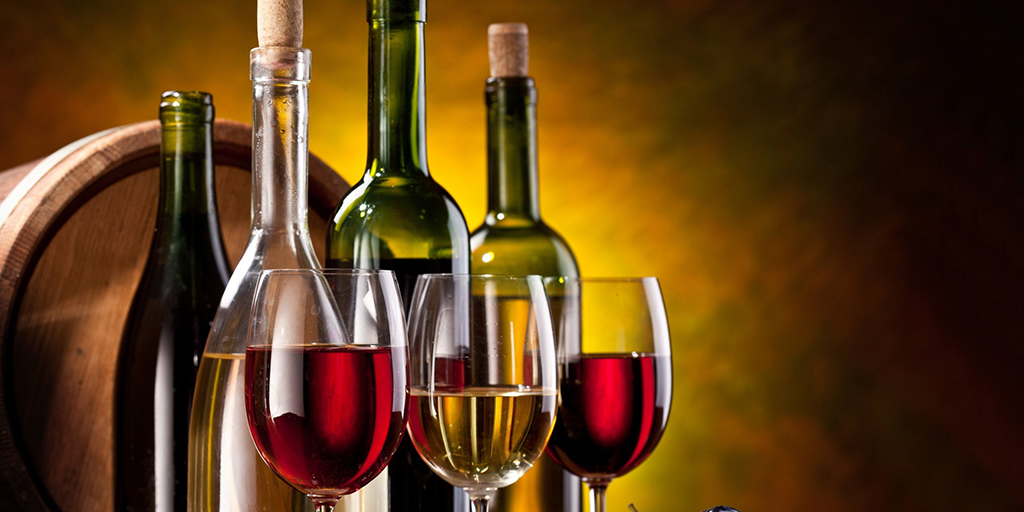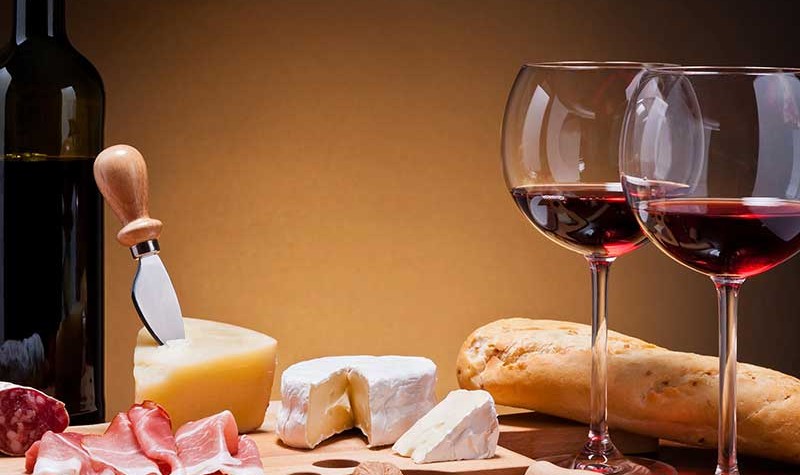Why Rose Wines? It pairs well with just about everything because it’s in the middle of the flavor profile. It’s not as heavy as a red or as light as a white. It versatile. You can buy a full spectrum of light to dark and sweet to dry rosés to fit anyone’s taste, even that picky friend that never seems to like any other glass of wine you pour for her.
Italy Rosé
Prosecco producers call their rosé sparkling wines Spumante (technically, Prosecco can only be made from white grapes). The best are lively and fruity. It is fragrant with summer fruit aromas, fresh and lively on the palate, dry, crisp and easy to drink.
California Rosé
Introduced in the 1970s, sweet White Zinfandel all but killed off dry rosé in California. But now there are dozens of dry rosés, usually in a relatively ripe style. White Zinfandels are considered part of the “blush wine” category of noticeably sweet, pale pink wines that often have very slight carbonation to give the wine a balance of acidity and some “liveliness”. Very often winemakers will blend aromatic varierties like Riesling, Gewürztraminer and Muscat to add to the fruity nose of the wine.
Spanish Rosé
Spain’s warm climate gives its Tempranillo- and Garnacha-based rosados deep color and ripe fruit flavors (strawberry and cherry, for instance). Rioja is a great source. The rosados are made like normal with a light, fruity style while the red wines made with the extra skins are darker in color and more deeply concentrated.
France (Provence) Rosé
Provence makes more than 140 million bottles of crisp pink wine per year. Within the rosé category you’ll find a variety of styles, some fuller, some lighter. Even within a single wine-producing region, such as Provence, rosés will display a range of colors, textures, and flavors. Yet all Provence rosés have some common characteristics: on the palate they tend to be fresh, crisp, bright, and dry. A typical American blush wine contains nearly seven times as much residual sugar per liter as a Provençal rosé. Provence rosé is by definition not sweet.

